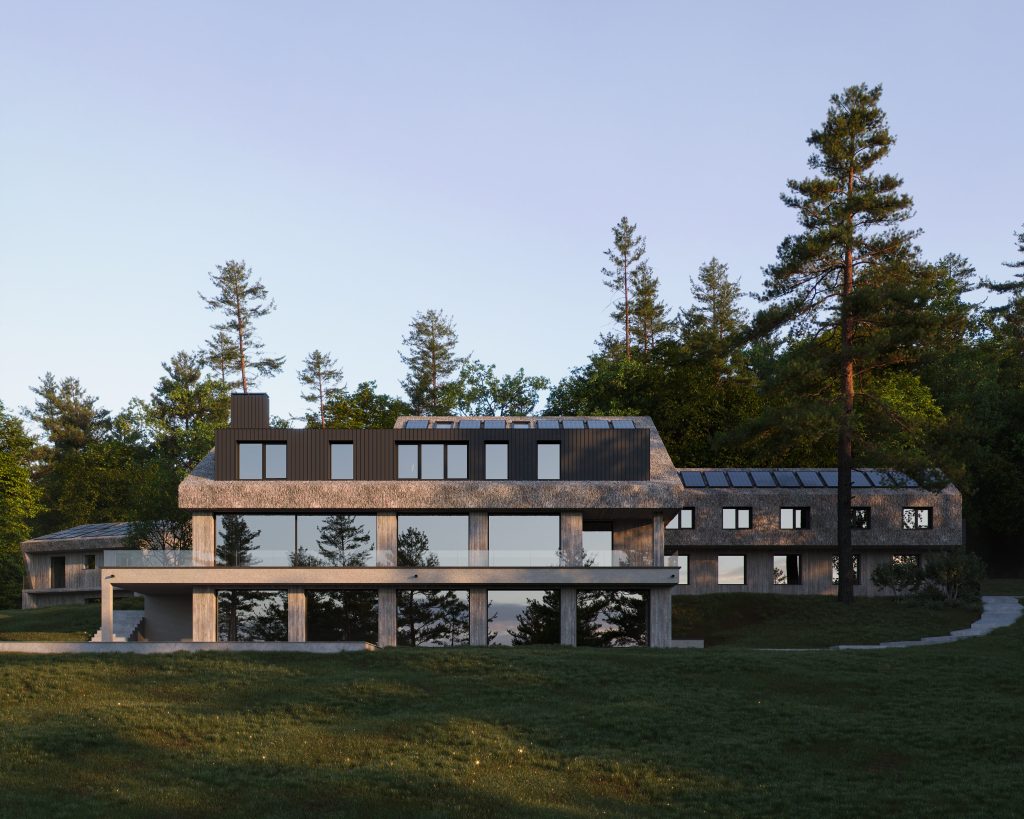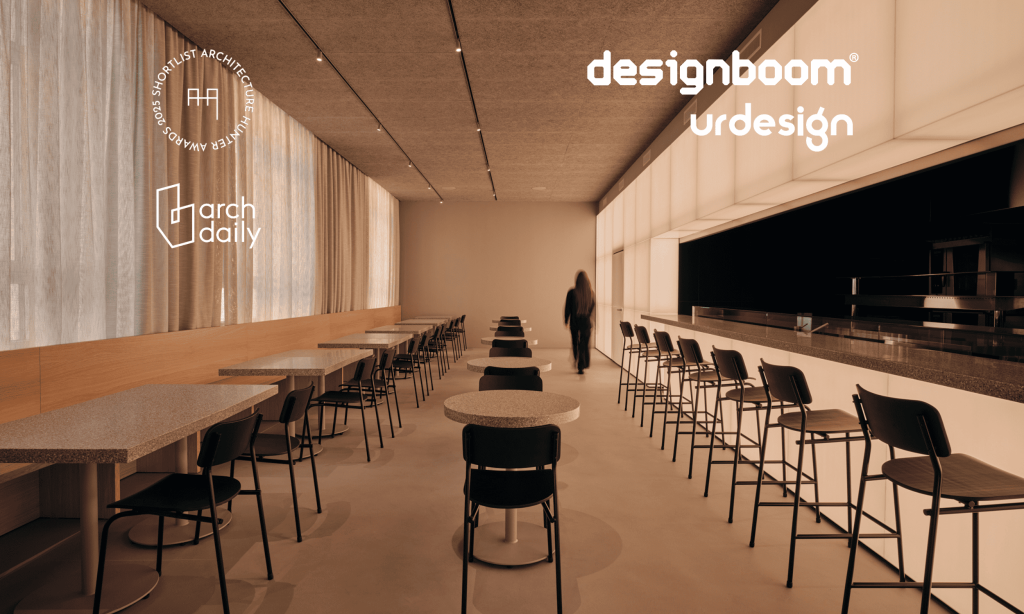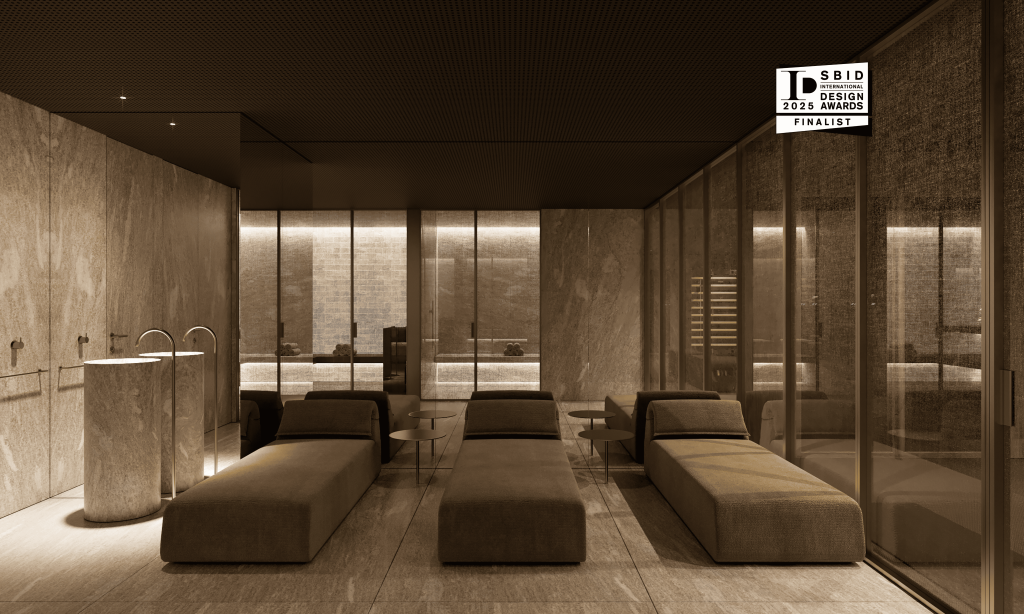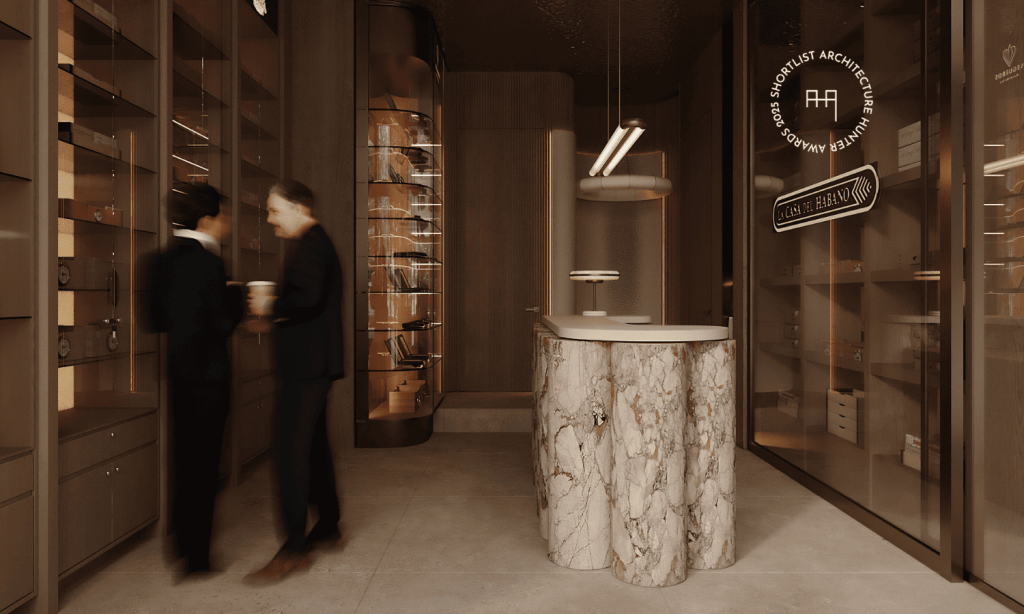The Role of Natural Light in Interior Design: Enhancing Spaces with Sunlight
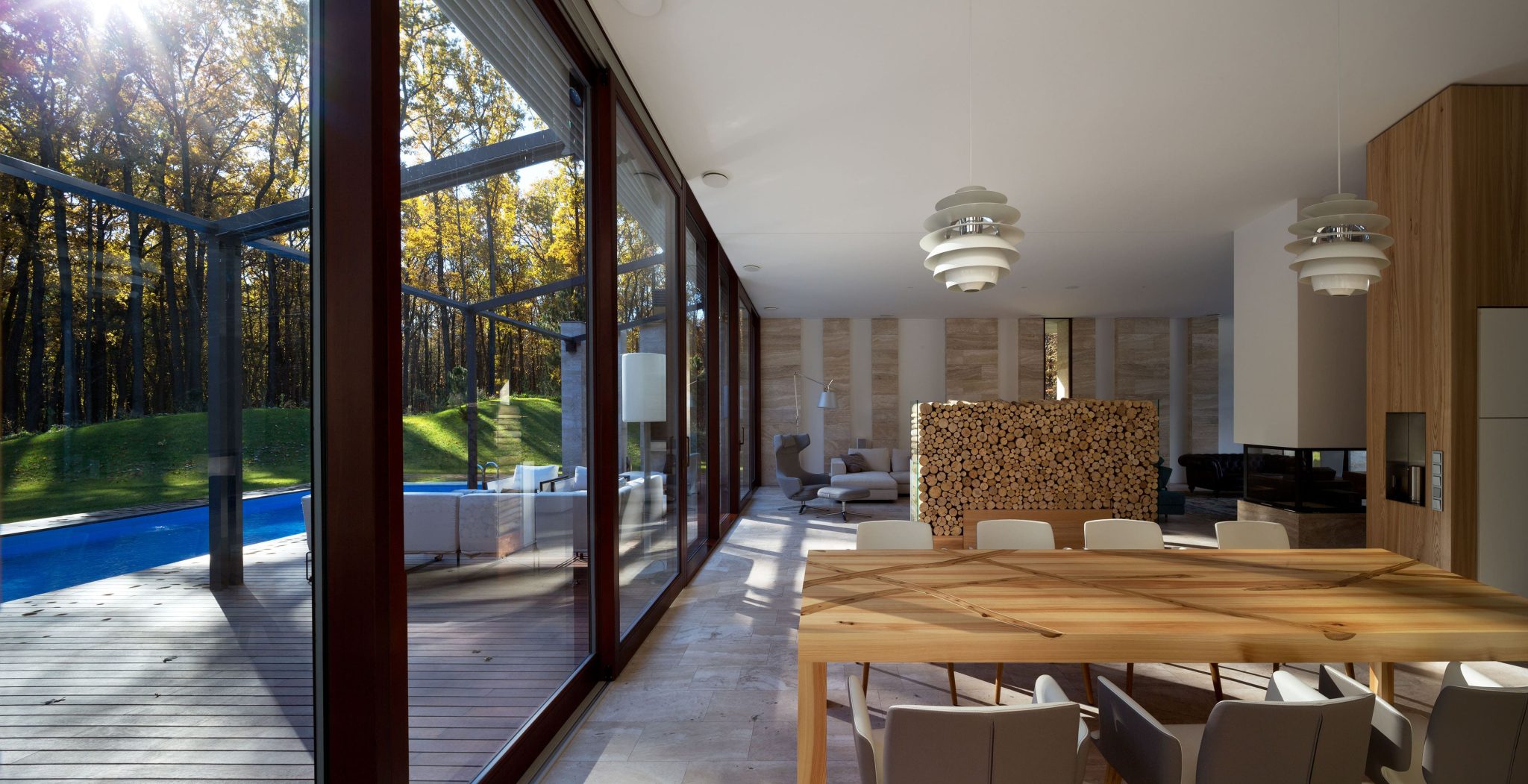
Natural light plays a crucial role in interior design, influencing not only the aesthetic appeal of a space but also the well-being and functionality of its inhabitants. Harnessing natural light effectively can transform a room, making it feel more expansive, vibrant, and inviting. In this comprehensive exploration, we will delve into the significance of natural light in interior design, strategies to maximize its benefits, and practical tips for integrating sunlight into your home. We will also highlight the numerous benefits of natural light in interiors, demonstrating how it enhances both the ambiance and functionality of your living spaces.
The Significance of Natural Light in Interior Design
1. Enhancing Aesthetic Appeal
Natural light has an unparalleled ability to bring out the true colors and textures in a room. It illuminates architectural details and enhances the appearance of materials, making spaces feel more dynamic and alive. The interplay of light and shadow can also create depth and visual interest, turning an ordinary room into a beautifully layered environment.
2. Improving Mood and Well-being
Exposure to natural light is known to have a positive impact on mental and physical health. Sunlight boosts serotonin levels, which can improve mood and overall sense of well-being. It also helps regulate circadian rhythms, contributing to better sleep patterns and increased energy levels.
3. Reducing Energy Costs
Utilizing natural light can significantly reduce the need for artificial lighting, thereby lowering energy consumption and utility bills. Well-designed daylighting strategies allow homeowners to make the most of available sunlight, reducing reliance on electrical lighting during daylight hours.
4. Connecting with the Outdoors
Natural light helps blur the boundaries between indoor and outdoor spaces, creating a seamless connection with nature. This connection can be particularly valuable in urban environments, where access to outdoor spaces might be limited. By bringing the outdoors in, it fosters a sense of openness and tranquility.

Strategies for Maximizing Natural Light
1. Window Placement and Design
Strategic Window Placement for Natural Light: Properly placed windows can significantly enhance the amount of natural light entering a room. For instance, south-facing windows capture the most sunlight throughout the day, making them ideal for living areas and workspaces. North-facing windows provide softer, more diffuse light, which is excellent for spaces like bedrooms and galleries.
Window Size and Proportions: Larger windows and sliding glass doors allow more light to flood into a room. Consider floor-to-ceiling windows or wall-to-wall glass panels for maximizing sunlight in home design. Additionally, window proportions and shapes can influence the light flow, so choose designs that complement the room’s layout and purpose.
2. Light-Reflecting Surfaces
Reflective Materials: Incorporating reflective surfaces in interior design, such as mirrors, glass, and high-gloss finishes, can help bounce natural light around the room. Mirrors can be strategically placed across windows to amplify light and create the illusion of a larger space. These are just a few natural light design tips that can enhance your interior’s brightness and overall ambiance. By using these techniques, you can make your space feel more open and inviting.
Light Colors and Finishes: Light-colored walls, ceilings, and floors reflect more light than darker shades. Opt for pale hues and matte finishes to enhance the light's distribution and prevent it from being absorbed. White or off-white paint on walls and ceilings can make a room feel brighter and more spacious.
3. Skylights and Roof Windows
Skylights: Installing skylights can introduce additional natural light into spaces that lack vertical window access. Skylights are particularly effective in rooms with flat roofs or attics. They not only enhance illumination but also provide ventilation, which adds to their functionality. Using skylights for interior light is a smart way to brighten up areas that would otherwise remain dim, contributing to a more inviting and well-lit home environment.
Roof Windows: Roof windows are ideal for rooms with sloped ceilings or where wall space is limited. They offer the benefits of natural light and views of the sky, enhancing the room’s ambiance and connection to the outdoors.
4. Light Wells and Atriums
Light Wells: A light well is a vertical space or shaft that allows natural light to penetrate deeper into a building. Light wells can be designed to bring daylight into lower levels or interior rooms that would otherwise be dark. This is an excellent example of architectural natural light solutions, demonstrating how thoughtful design can enhance the brightness and ambiance of a space.
Atriums: An atrium is an open central space within a building that can be covered with glass or open to the sky. Atriums allow natural light to reach multiple floors and rooms, creating a bright and airy atmosphere.

Practical Tips for Integrating Sunlight
1. Window Treatments
Sheer Curtains: Sheer curtains or blinds allow natural light to filter through while providing some privacy. They soften the light and reduce glare, creating a more pleasant and diffused illumination.
Adjustable Blinds: Blinds with adjustable slats enable you to control the amount of light entering a room. This flexibility allows you to adapt to changing sunlight conditions throughout the day.
2. Outdoor Elements
Landscaping: Consider the impact of landscaping on natural light. Trees and shrubs near windows can cast shadows and block sunlight. Strategic landscaping choices, such as placing trees further from windows or selecting low-growing plants, can help optimize light levels.
Outdoor Shades: Exterior shades or awnings can protect windows from excessive sunlight and heat while still allowing some light to enter. These elements can also contribute to the overall aesthetic of your home’s exterior.
3. Seasonal Adjustments
Seasonal Variations: The angle and intensity of natural light change with the seasons. Design your space with flexibility in mind, allowing for seasonal adjustments in window treatments or light-filtering elements to maximize comfort and efficiency throughout the year.

Conclusion
Natural light is a powerful element in interior design that can enhance the beauty, functionality, and well-being of a space. By understanding its significance and employing effective strategies to maximize its benefits, you can create interiors that are not only visually appealing but also supportive of a healthy and harmonious lifestyle. Whether through strategic window placement, reflective surfaces, or innovative architectural features, learning how to increase daylight in rooms will undoubtedly elevate your home’s design and atmosphere. Harnessing the power of sunlight will transform your living spaces, making them more vibrant and inviting.


